smart intersection systemwith artificialintelligence

Artificial Intelligence-Supported Traffic Light System
The “Smart Intersection” project, which we developed within the scope of the Codeavor 6.0 Qatar World Championship, is an artificial intelligence-based traffic management system that aims to optimize traffic flow and ensure safe passage in emergency situations. In our project, artificial intelligence cameras placed at the intersection at the four-way intersection analyze environmental data by working in integration with traffic lights.
The system, developed with machine learning models, can both visually identify emergency vehicles (ambulance, fire engine, police) and prioritize the lane where the emergency vehicle is located by detecting siren sounds. In this case, the system automatically turns the light in the relevant lane to green, ensuring fast and safe passage.
The system provides solutions not only for emergencies but also for daily traffic flow. The vehicle density at the intersection is analyzed through cameras, and the lane with the most vehicles is given a longer green light period. In this way, traffic congestion is minimized. In addition, the number of pedestrians waiting at pedestrian crossings is monitored by the system, and in case of congestion, pedestrians are given enough time to cross.
Smart Home Automation
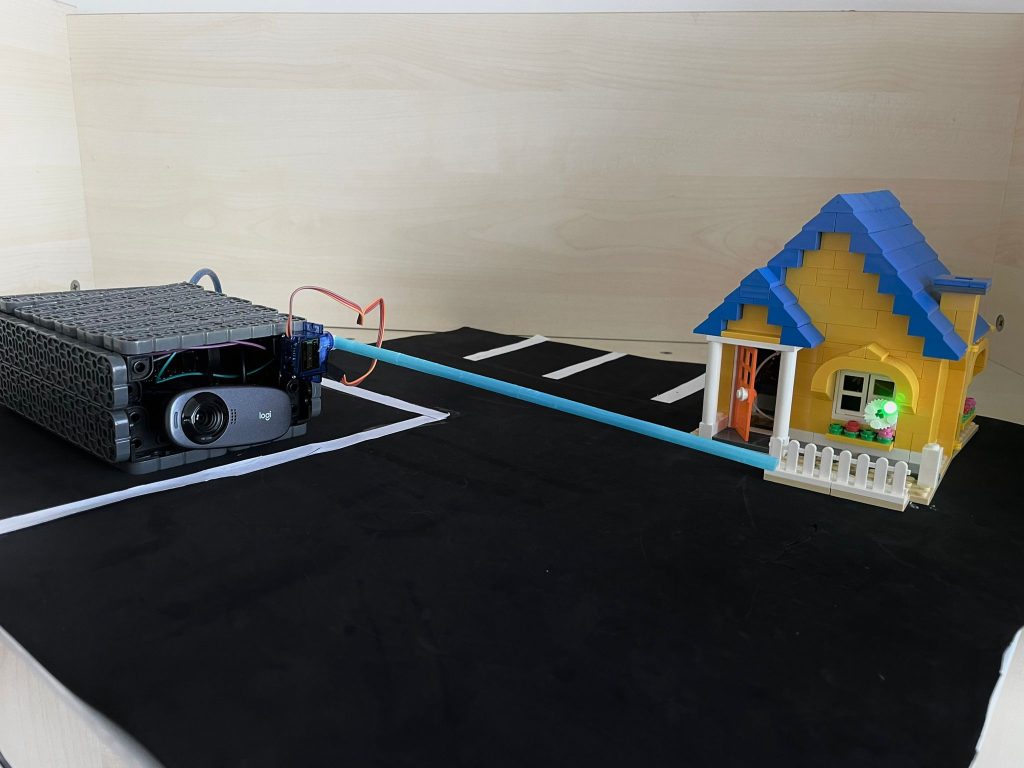
The purpose of the Smart Home Automation project is to simplify home control processes using voice commands and license plate recognition technology. Developed with the PictoBlox platform, this system enables doors and lights to be controlled through voice commands and allows secure garage door access via license plate recognition. This not only enhances comfort and security for residents but also promotes energy efficiency. Additionally, the project aims to facilitate independent living for disabled individuals, elderly people, and those with limited mobility.
Smart Recycling Station

The Smart Recycling Station is an innovative solution designed to improve the efficiency and quality of the recycling process in urban environments. Developed by a team of middle school students from VKV Koç Private Middle School, this project aims to address the challenges caused by incorrect waste disposal in recycling bins, such as contamination, machinery damage, increased operational costs, and environmental harm.
Our station uses a combination of sensors, artificial intelligence, and automated mechanisms to identify waste materials and ensure they are correctly sorted before being accepted. By integrating object recognition technology and smart hardware components like servo motors, metal detectors, and ultrasonic sensors, the system minimizes human error and promotes responsible recycling behavior.
Key features of the Smart Recycling Station include:
Automated Lid System: Each recycling bin is equipped with a servo motor that opens the lid only when the waste material is identified as suitable for that bin. This prevents contamination by rejecting incorrect waste.
Metal Detection for Paper Waste: A metal sensor detects any staples or paper clips in paper waste. If metal is found, the system alerts the user and keeps the bin closed, protecting the recycling quality.
Liquid Filtration and Evaporation: The plastic bin includes a filtering mechanism to separate leftover liquids into a secondary chamber. A fan then evaporates the collected liquid, ensuring the inside of the bin remains dry and hygienic.
Fullness Monitoring System: Ultrasonic sensors monitor the fill levels of each bin and trigger alerts through a buzzer and a display screen when bins are full, optimizing waste collection schedules.
Through this project, we aim to raise awareness about proper recycling practices while demonstrating how technology can be used to solve real-world environmental problems. The Smart Recycling Station supports the United Nations’ Sustainable Development Goal of creating clean and sustainable cities and offers a scalable solution for schools, public spaces, and residential areas.
Future Colony

Future Colony is a fully automated, self-sustaining smart city model powered by green energy, designed to support human life even during future pandemics or global crises. It includes advanced security, smart infrastructure, environmental care, and resource optimization.
Eco Road
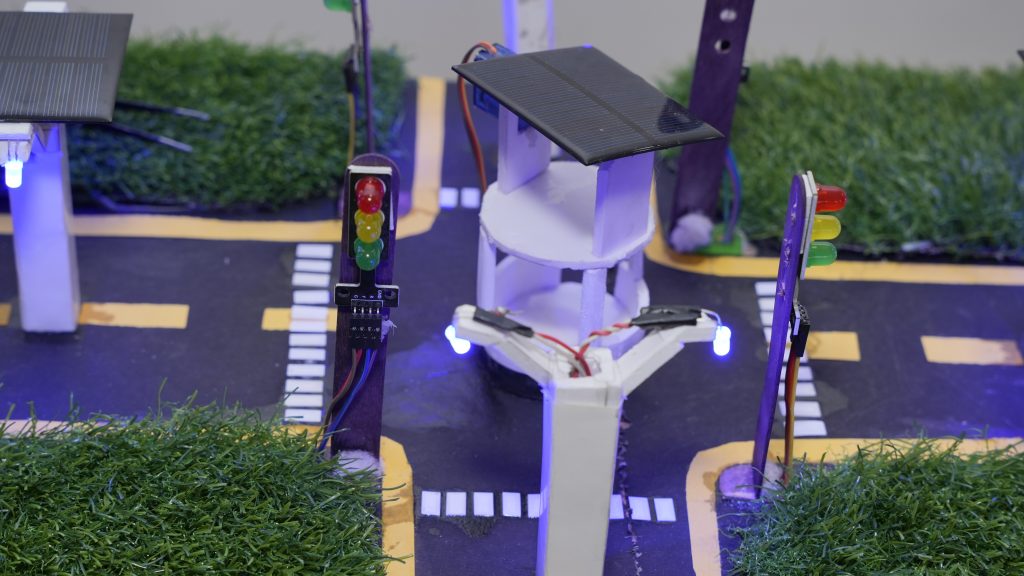
ECO ROAD is a solar-powered smart road system developed to solve problems faced by rural and urban areas — including lack of electricity and traffic congestion. It uses AI and machine learning to optimize traffic control and clean energy to power streetlights and signals.
ECOBOTICS
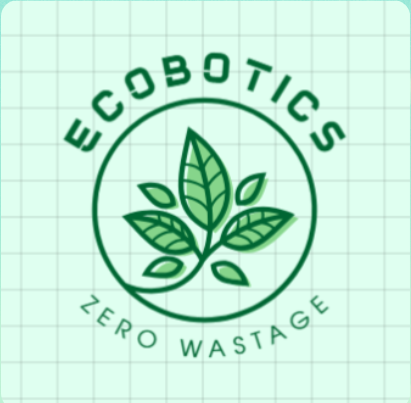
Ecobotics is an innovative project leveraging the power of robotics to transform waste management and recycling processes. This initiative focuses on designing and implementing intelligent robotic systems capable of automating key stages of recycling, including the accurate sorting of diverse materials (plastics, metals, paper), efficient collection in various environments, and advanced processing for enhanced material recovery. By employing cutting-edge sensor technology, artificial intelligence, and adaptable robotic arms, Ecobotics aims to increase the speed, accuracy, and purity of recycled materials, ultimately reducing landfill waste and promoting a circular economy. This project envisions a future where intelligent robots work collaboratively to create a more sustainable and environmentally responsible approach to resource management.
AutoRob Obsctacle Avoiding Robot
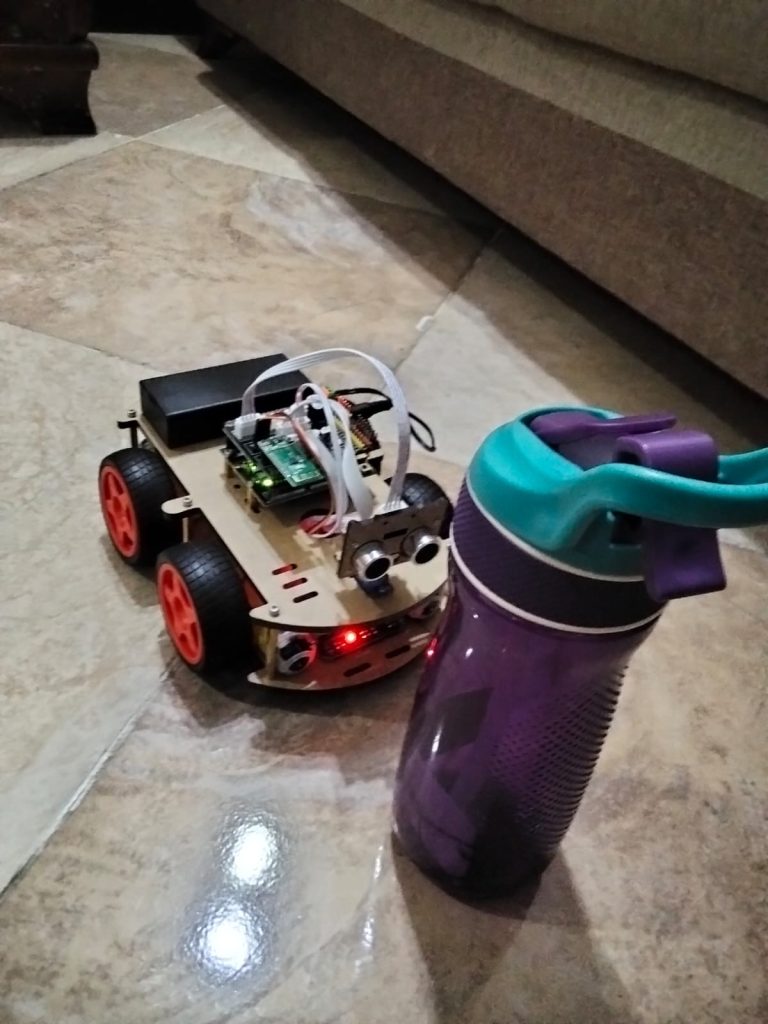
This AutoRob project is basically obstacle avoiding robot that can be used by farmers for automatic planting, harvesting, etc. This robot can help them reduce the workload and save time and energy. Obstacle-avoiding robots help make agriculture more productive, efficient, and environmentally friendly, directly supporting the sustainable goal of building resilient agricultural systems.
Twothi Ride 3000
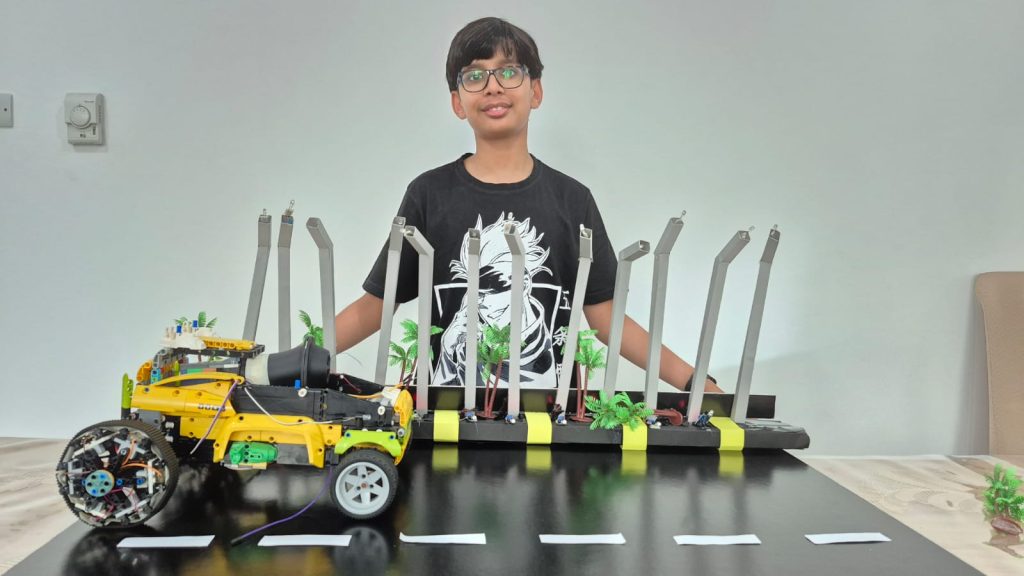
Our world is moving fast—and it needs cleaner, smarter solutions. Meet TWOTHI Ride 3000, a revolutionary fuel-less car developed by Team Healthy Innovators. Powered by piezoelectric technology and a unique suction cup system, it generates energy from its own motion—no fossil fuels, no pollution, just pure innovation. Alongside it, we present smart street lights equipped with motion and IR sensors that can reduce electricity use by up to 70%. Together, these technologies offer a sustainable answer to rising energy demands and urban pollution.
smart village with renewable energy
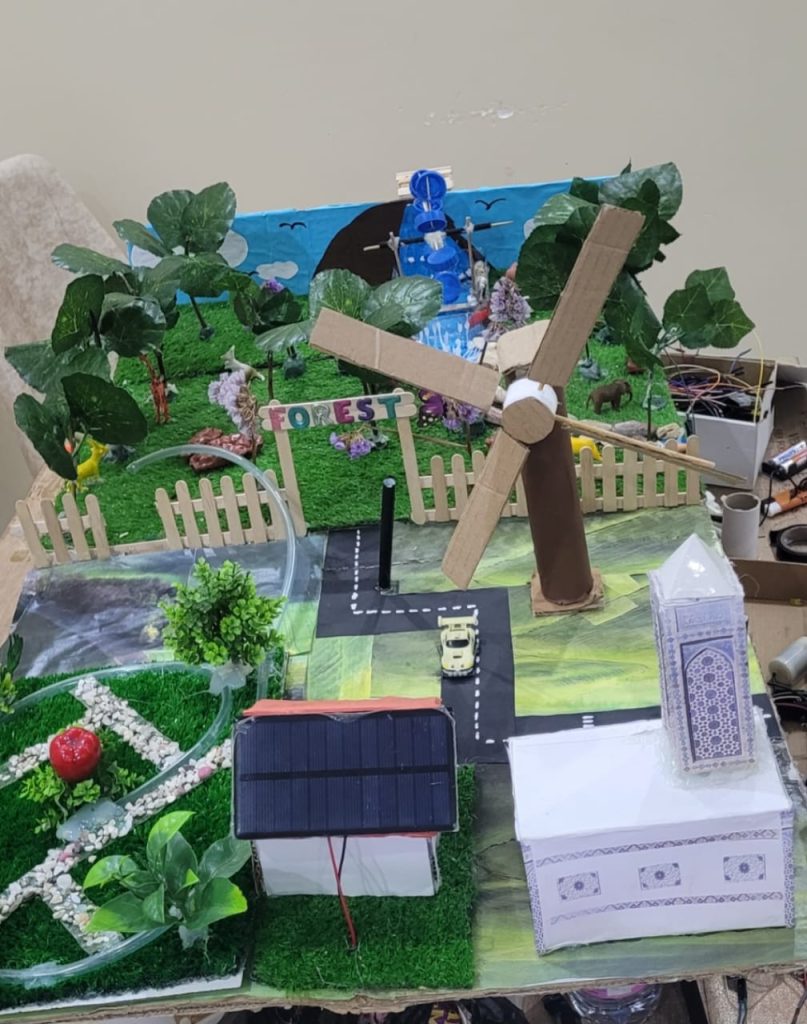
Our project is a smart village, using renewable and sustainable energy to protect the environment. To protect forests from fires, we installed a fire sensor that sounds an alarm when a forest fire breaks out, then commands the water pump to extinguish the blaze.
To conserve water, we installed a moisture sensor in the garden of the house located in the village. This sensor detects when the soil is dry and needs watering. This then gives the command to the water pump to water the garden. As for the house located in the village, it relies on solar energy for lighting at night and the automatic watering of the garden described above.
To protect human lives, we installed a gas sensor in the house that sounds an alarm when there is a gas leak. One of the most important renewable and sustainable energies is wind energy, which we embodied in a windmill that stores wind energy in a battery via a charger to be used to light the village at night.
Hydropower is considered one of the most important renewable and sustainable energies. We have embodied this energy in a water turbine, exploiting the water flowing from the mountains, where the kinetic energy is transformed into electrical energy by means of a dynamo, which is later used to light the forest at night.
The Green City Society
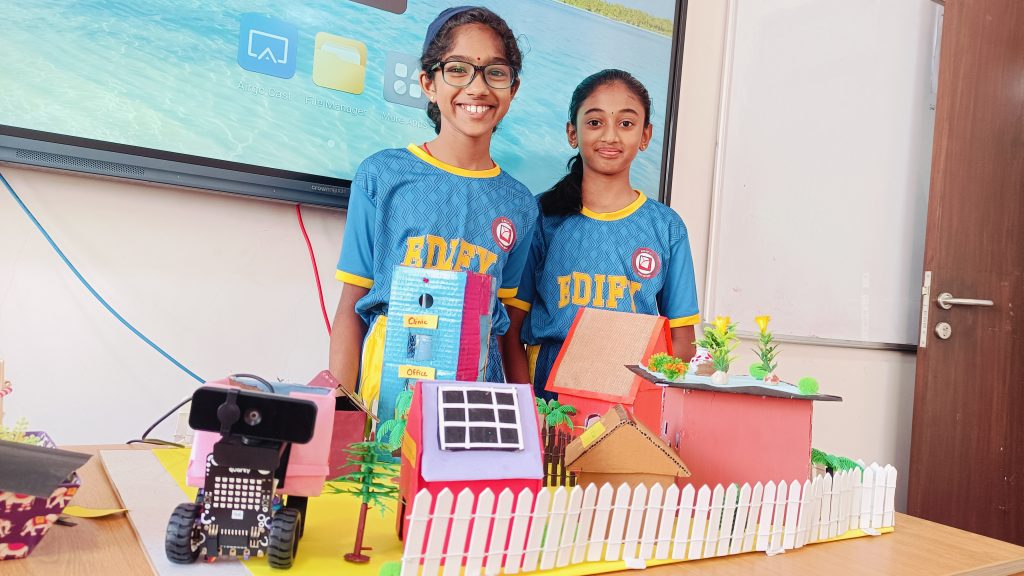
Many societies don’t follow proper waste segregation, which leads to more garbage in landfills and violates BBMP rules. There’s a need for an automated solution that makes waste collection easier and more sustainable.
